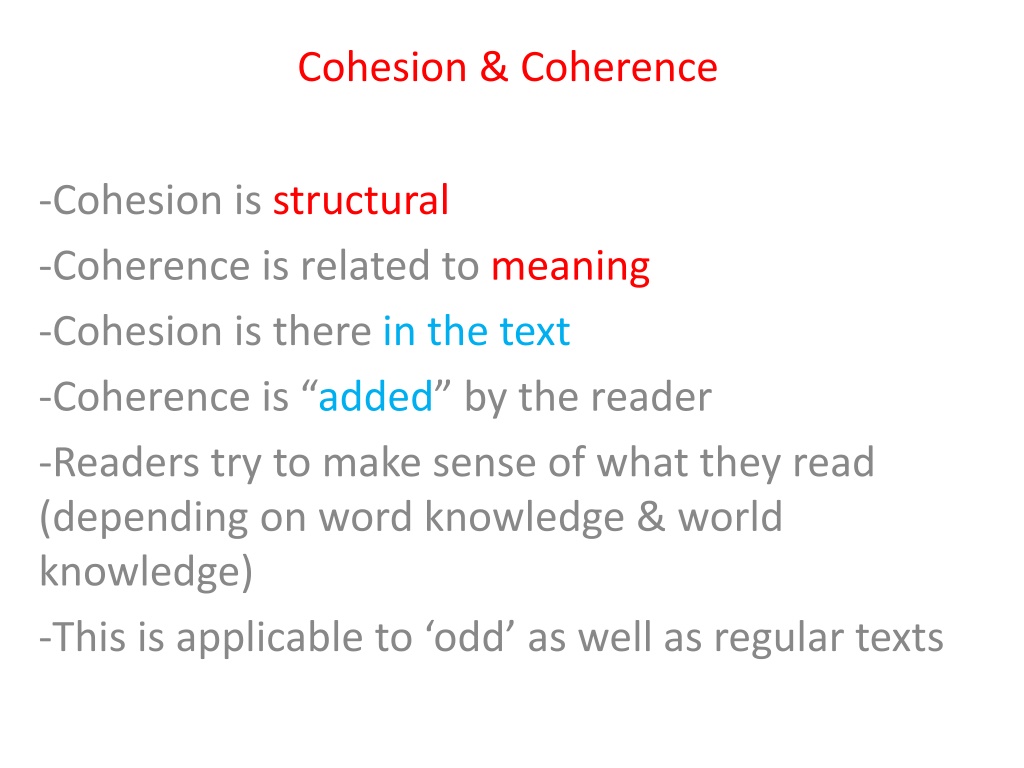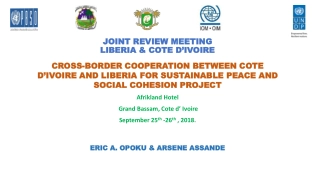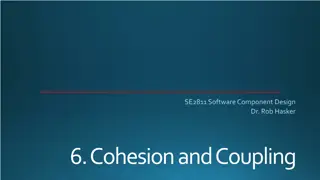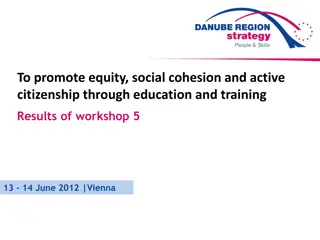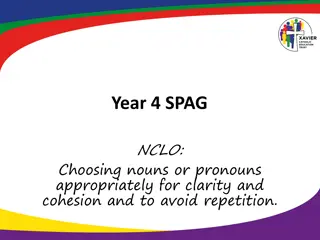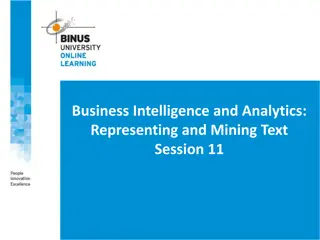-Cohesion is there in the text
This content delves into the structural aspect of cohesion and the meaning-related coherence in texts. It explores speech events, conversation analysis, completion points, holding a turn, adjacency pairs, the cooperative principle, and hedges in communication. Readers gain insights into participants' roles, ways of conducting speech events, and cooperative conversational norms.
Download Presentation

Please find below an Image/Link to download the presentation.
The content on the website is provided AS IS for your information and personal use only. It may not be sold, licensed, or shared on other websites without obtaining consent from the author. Download presentation by click this link. If you encounter any issues during the download, it is possible that the publisher has removed the file from their server.
E N D
Presentation Transcript
Cohesion & Coherence -Cohesion is structural -Coherence is related to meaning -Cohesion is there in the text -Coherence is added by the reader -Readers try to make sense of what they read (depending on word knowledge & world knowledge) -This is applicable to odd as well as regular texts
Speech Events Activities in which language is used. They differ in terms of: Participants roles ( e.g. teacher, priest, actor, etc.) Ways of conducting them ( e.g. lecture, ceremony, etc.) Degree of formality (e.g. lecture vs. intimate friends conversation)
Conversation Analysis One branch of DA is CA. Conversation is a cooperative activity It is conducted in turns ( culturally varied) Turn-taking and turn-giving Signalling an end of the turn = completion points Can be marked by different techniques
Completion Points To indicate a completion of a turn a speaker can for example: 1- Ask a question 2- Pause at the end of a syntactic unit (phrase or clause) To take the turn of speaking: 1- Make short sounds 2- Use body shift or facial expressions
Holding a Turn To hold a turn a speaker can: 1-Avoid pausing at completed structures 2- Pausing where a structure is not completed 3- Using fillers to bridge the pauses ( egg. Err. Umm, etc.)
Adjacency Pairs Pairs of sequences that make a usual pattern, such as : Question Answer Invitation Acceptance Offer Refusal Preferred vs. dispreferred Invitation acceptance ( preferred) Invitation- refusal (dispreferred)
The Cooperative Principle The assumption that we cooperate in order to conduct successful conversation Explained in four maxims: 1- Quantity ( NO MORE, NO LESS) 2- Quality ( TRUE AND EVIDENT) 3- Relevance ( RELEVANT) 4- Manner ( ORDERLY & CLEAR)
Hedges A hedge is an expression which weakens a speaker s commitment to some aspect of an assertion, or to abide by the politeness principle. Examples: I Think It might be the case Kind of
Implicature A meaning that is implied rather than stated. E.G. Will you come? I am busy. = I will not come Background Knowledge We can understand each other depending on our background knowledge in addition to knowledge of language. Back ground Knowledge = Schemas & Scripts
Schema = A memory image of outer world things; part of the schema of a restaurant are: waiter, menu, tables, food, etc. Scripts are sequences of conducting an event Think of a wedding ceremony, for example. An exam, for e.g., follows a certain procedure. Entering a hall; being given answer sheets; question sheets, reading questions, thinking, writing answers, handing in your answer sheet, etc.
